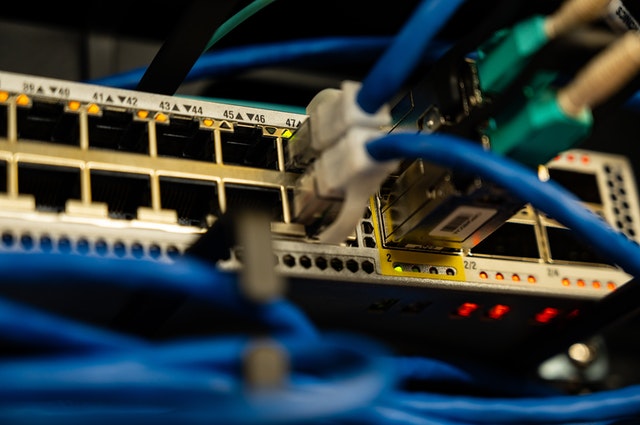Tools Needed for 3D Printer Maintenance
In the planet of 3D printing there is an issue which is not used quite frequently and that is of essential importance: having the fundamental resources for the repairs and maintenance of the 3D pt2730.
Like some additional pieces of equipment, 3D inkjet printers require maintenance after some hours of operation, in that they need to clear and lubricate or change any product that is being used.

3D Printer Maintenance Tools
Allow me to share the fundamental tools that are essential to effectively keep your printer:
Lubricant for 3D inkjet printers
The lubricant for 3D inkjet printers has an excellent resistance to high temperatures, so that although it is utilized in printers with warm beds the lubricant does not tend to be liquid and does not begin to drip on the printing platform. The utilization of this lubricant is suggested to avoid use and reduce friction in rods and bearings, that also raises the period of the engines when subjected to a lower ton.
Cleaner
Many owners of 3D inkjet printers, for comfort or in order to save time, do the repairing aerosols without getting rid of the printing platform of the printer, leaving remains of the fixator everywhere and giving rise in order to places where it adheres dust, and that impacts the functioning of essential components like HotEnd fans, spindles, gears, layer fans, and more. Because of this, the usage of the printer fresher is essential. Due to this aqueous solution, some surface area of the 3D printer may be cleaned readily and without producing any harm.
Precise tweezers
Precise tweezers must be made of top-quality stainless steel with an anti acid, antistatic and antimagnetic coating. That they are absolutely free of electrostatic discharges (ESD) favors the usage of precision clamps in touch with electrical and electronic components vulnerable to this particular kind of discharges, giving complete security to hold out maintenance businesses at any use of the 3d pt2730.
Caliper
In the planet of 3D printing, caliper is a helpful tool to find out diameters and crucial ranges between components. This device is highly suggested to confirm the diameter of the filament, elements, state of the nozzle and make certain the same separation between connected components, as for instance between the lateral manuals of the z axis.
Allen wrenches
The Allen keys are actually an important tool for all owners of a printer, since most of them consist of a huge selection of hexagonal Allen style screws. Because of this device, some end users can conduct any maintenance running on some printer, from the replacing of a heating cartridge or a thermistor cartridge, to the complete disassembly of the printer.
Adjustable spanner
Designated as one of the equipment that should not be lacking in any place of work, the adaptable spanner is valid for every screw type with external hexagonal head or parallelepiped shaped. In 3d printing it’s quite used to carry the heater block of the extruder and alter the nozzle in an easy way, staying away from big deviations of the heater obstruct as well as the nozzle, providing procedure for leveling the base much quicker and much easier.
Feeler Gauge
This is perfect to make a margin of separation between components that fit together or to set with accuracy the distance between two elements. For example: to sort the actual measurements of the nozzle from the starting to get a great impression, or for the proper assembly of the HotEnd and the extruder, where it’s essential to comply with the spaces that manufacturers suggest in their assembly manuals to accomplish the appropriate functioning of all of the components which form them.
Tools Needed for 3D Printer Maintenance Read More »


